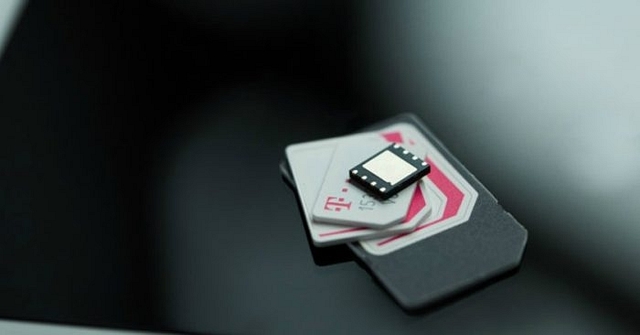
Following Airtel-Jio Tussle, DoT Allows E-Sims In India, Paving The Way For Apple Watch 3 And Other Devices
Following another round of fighting between telecom majors Reliance Jio and Bharti Airtel earlier this week over embedded SIM (e-SIM) cards, the Department of Telecommunications (DoT) has finally allowed the use of the new technology in India, reports Firstpost. The move is also expected to enable users of newer generation phones to switch providers without having to change their SIM card.
The e-SIM – as the name suggests – is a module that is already embedded on to the device that negates the requirement of a removable SIM card. It is used in several devices such as the Apple Watch Series 3 and is also mandatorily installed in cars in the European Union to allow for quick access to emergency service providers.
Both Jio and Airtel had earlier announced partnerships with Apple to market the smartwatch in India. Jio had last week accused Airtel of flouting Telecom Regulatory Authority of India (TRAI) licence norms by setting up a provisioning node for the Apple Watch outside of India. It had also accused its rival of compromising on national security. TRAI’s rules forbid service providers from transmitting any information about customers outside of India.
To cater the needs of modern technological developments in M2M/IoT, it has been decided to permit the use of ‘Embedded-Subscriber Identity Module’ (eSIM) with both single and multiple profile configurations with over the air subscription update facility, as the case may be, as per prevailing global specifications and standards.A statement from the DoT
Using an e-SIM, users of devices like Apple’s watch can link up their phone to their existing phone number and attend to calls on either device. Under the new guidelines issued by the DoT, profile updation over the air has also been allowed. Using this, subscribers can change their providers without switching SIM cards.
The DoT also issued guidelines for machine-to-machine communications like emergency alerts, remote surveillance and more.